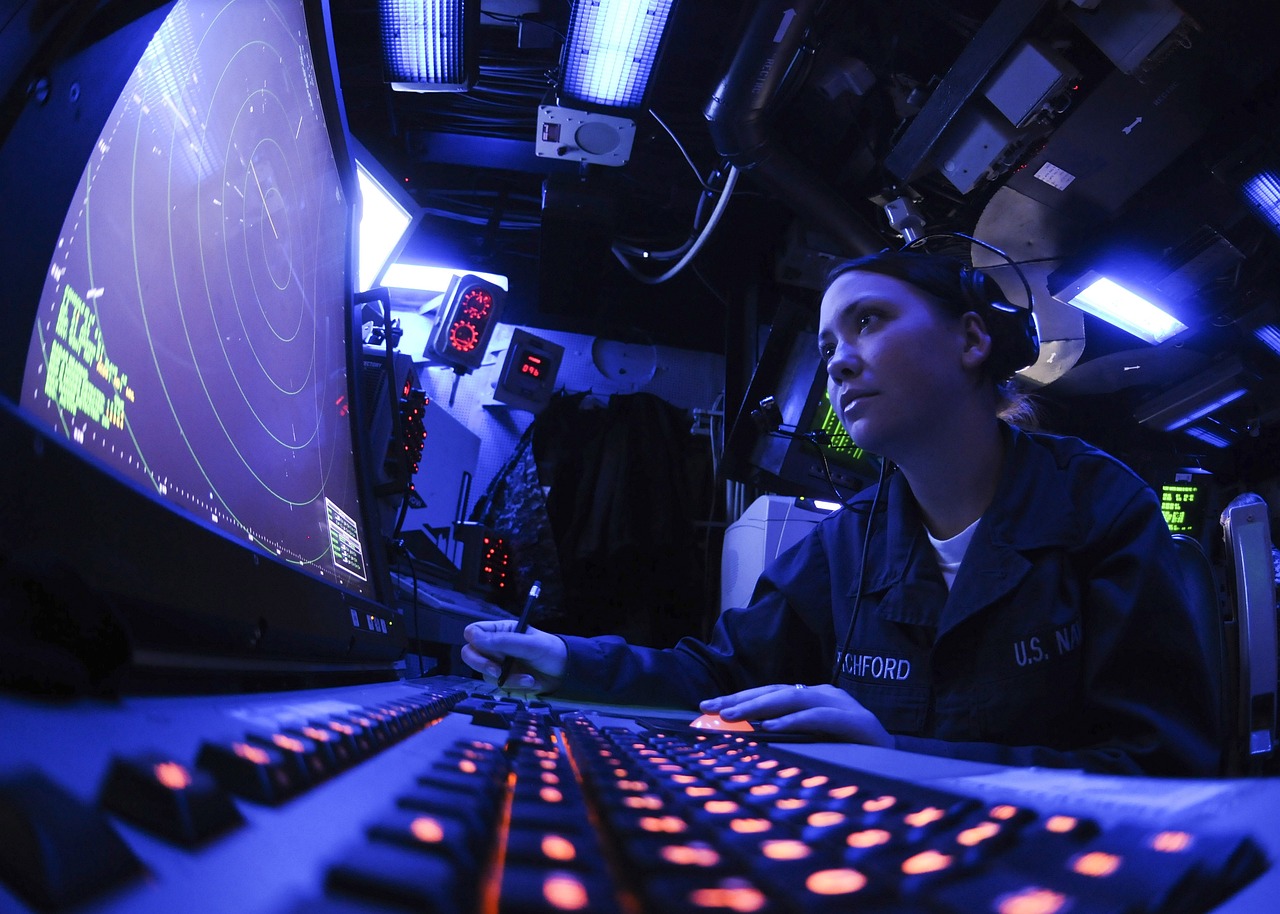This post is also available in:
 עברית (Hebrew)
עברית (Hebrew)
In search of a better response to emerging threats, the EU has been looking to gain a better grip on dual-use technologies, including cyber-surveillance technologies that can be misused for human rights violations.
The new Export Control Regulation which entered into force on Sept. 9 will tighten controls on trade in dual-use items – civilian goods and technologies with possible military or security use – while enhancing the EU’s capacity to protect human rights and support secure supply chains for strategic items.
The new framework allows the EU to take a number of important actions to pool expertise and tackle particular challenges, notably in relation to cyber-surveillance – where due diligence guidelines are in preparation – but also emerging dual-use technologies such as advanced computing.
Interested in learning more about dilemmas related to dual-use cyber and HLS technologies? Attend INNOTECH 2021 Cyber, HLS, and Innovation Event at Expo Tel Aviv, Nov. 17-18.
Thanks to the new rules, the EU countries are expected to work more closely amongst themselves and with allies on potential security risks arising from biotech, Artificial Intelligence and other emerging technologies.
Among others, the new regulation introduces new controls, including on technical assistance and export of cyber-surveillance items; new types of export authorizations (licenses); and a requirement for businesses to maintain appropriate internal compliance programs, as a condition for obtaining certain authorizations.
The regulation introduces greater transparency by increasing the level of consultations and reporting between Member States and the Commission, contributing to the development of a new EU electronic licensing platform already piloted in four EU Member States.
It also provides a legal basis for EU action – recognizing that the effectiveness of controls depends on the cooperation of the main technology producers – and builds on the existing multilateral framework of export controls, namely the Wassenaar Arrangement, according to europeansting.com.
The Commission adopted its legislative proposal to modernize EU controls on exports of sensitive dual-use items – goods and technology – in September 2016, to replace the Regulation from 2009. Such items have many civilian uses but can also be used for defense, intelligence and law enforcement purposes (nuclear and special materials, telecommunication, electronics and computers, space and aerospace, marine equipment, etc.), and may also be misused for human rights violations.
The new Regulation includes many of the Commission proposals for a comprehensive ‘system upgrade’, and is expected to make the existing EU Export control system more effective.























